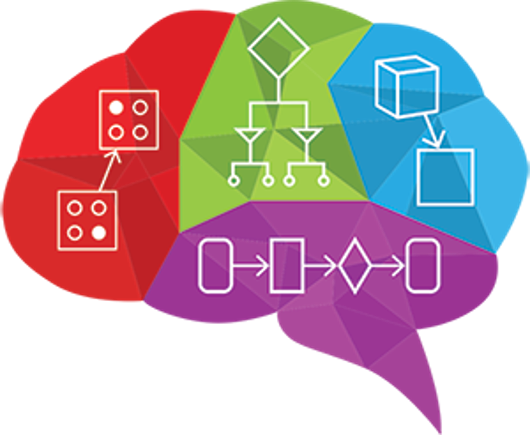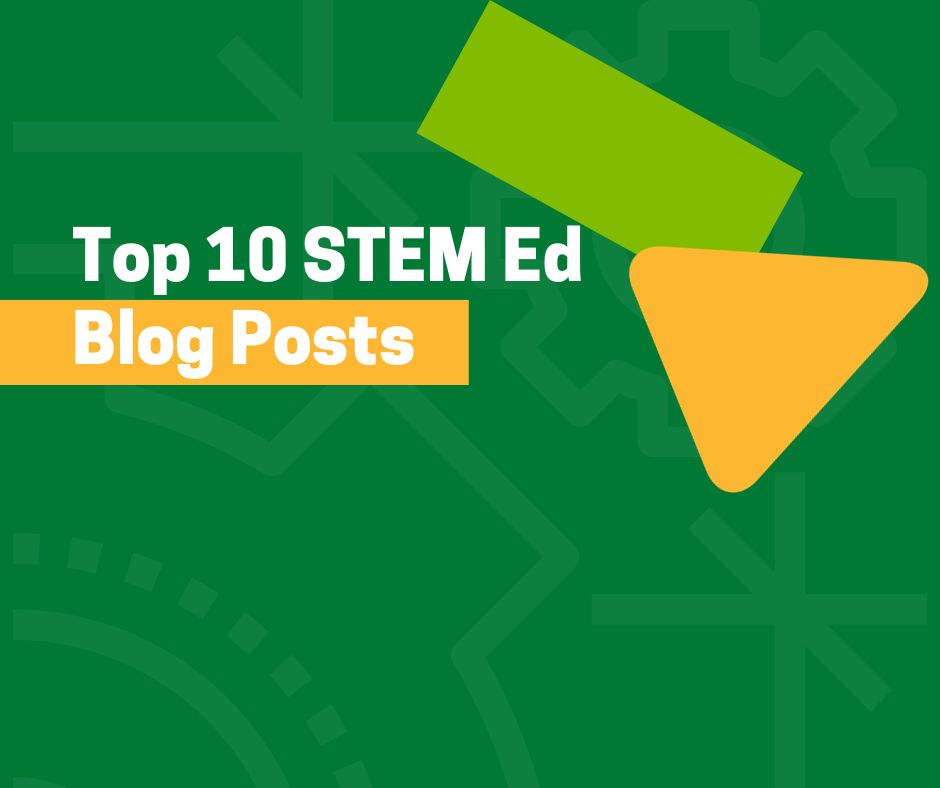TERC Blog
Advancing STEM Education: TERC's 7 Most Downloaded Publications in 2023
Each year, we make it our mission to keep you informed and engaged with the latest developments in STEM education. The 7 publications below were the most downloaded this year, and exemplify the innovative and impactful work we do.
This selection is just a small glimpse of our publications that contribute to the advancement of STEM education. In 2023 alone, we published 17 journals, books, book chapters, and articles. Don't miss out on any future publications by signing up for our newsletter today!
#1
The Double Bind in Physics Education: Intersectionality, Equity, and Belonging for Women of Color
Maria Ong
An incisive study of the mechanisms reinforcing the underrepresentation of women of color in STEM fields and a call for systemic change to address the imbalance.
In a detailed exploration of inclusion in physics, social scientist Maria Ong makes the case for far-reaching higher education reform, noting that despite diversity efforts to recruit more women and students of color into science and mathematics programs, many leave the STEM pipeline. The Double Bind in Physics Education takes readers inside the issue by following 10 women of color from their entrance into the undergraduate physics program at a large research university through their pursuit of various educational and career paths. Candid interviews with these women, their instructors and mentors, and their peers, conducted over 25 years, allow Ong to trace how pervasive challenges, such as navigating the intersectionality of race and gender discrimination, have shaped their academic opportunities and career choices.
#2
CALM: The Way Math Should Be
Heidi Schuler-Jones
Many adult education teachers learn quickly that we don’t choose our environment. We teach whatever is needed to whomever shows up at whatever level they are that day using whatever patchwork of materials are available in the shared classroom space. Students usually need math instruction, so we select whatever book we have the most copies of, began with chapter one, and work from there as far as we can, hoping we will not have to teach something that has never really made sense to us. If we encounter unfamiliar topics, we find online videos to learn what we need to teach our students. Sound familiar?
#3
Embodied physics: Utilizing dance resources for learning and engagement in STEM
Folashadé Solomon, Dionne Champion, Mariah Steele & Tracey Wright
2022 Journal of the Learning Sciences' Paper of the Year
Physics is often presented as disembodied, separating learners from opportunities to utilize their bodies as sense-making resources. By ignoring issues of body, ethnicity and culture, these framings limit access to physics for many, including Black girls, who struggle to gain access to physics. Studying the situated, embodied cultural practices of Black girls in physics learning environments provides a window into the range of resources available for physics exploration and illuminates possibilities for culturally relevant physics pedagogies.
#4
Family Voices: Learning from Families with Preschool-Age Children from Historically Marginalized Communities to Expand our Vision of Engineering
Scott Pattison, Smirla Ramos-Montañez, Gina Svarovsky
Creating learning opportunities for children at an early age is critical for supporting long-term engineering-related interest development and career pathways. Out-of-school, family-based engineering experiences can be powerful catalysts supporting young children’s engagement with engineering design practices and the development of engineering-related interests and identities. To ensure that these efforts are successful, however, it is critical that programs directly connect with and support the interests and experiences of children and their families.
In this study, we worked to elevate the voices of parents and young children from low-income Spanish- and English-speaking families in our community and better understand the ways that they connect with engineering.
#5
Family-Centered Research: Reflections From a Zoom-Based Recording Method of Families Learning Together at Home
Scott Pattison, Smirla Ramos-Montañez, Viviana Lopez Burgos, Sabrina De Los Santos, Gina Svarovsky, Alicia Santiago
Although schools are a primary focus of education research, we have long known that families are equally critical in supporting children’s learning. However, many existing studies put families in situations that share little resemblance to what family learning looks like outside of school. These limitations undermine both the quality of the research and our commitments to equity. Based on our experiences during the global health pandemic, we reflect on these limitations and offer thoughts to motivate a new vision of family learning research.
#6
Students’ Approaches to Exploring Relationships Between Categorical Variables
Traci Higgins, Jan Mokros, Andee Rubin, Jacob Sagrans
In the context of an afterschool program in which students explore relatively large authentic datasets, we investigated how 11- to 14-year old students worked with categorical variables. During the program, students learned to use the Common Online Data Analysis Platform (CODAP), a statistical analysis platform specifically designed for middle and high school students, to create and interpret graphs. Following the program, we conducted individual clinical interviews, during which students used CODAP to answer questions about relationships between variables. Here, we describe how students engaged in exploratory data analysis that involved looking at relationships between two categorical variables. Our research identified four strategies that students used to examine the data in order to explore patterns, make comparisons, and answer questions with the data.
#7
Open Innovation Challenge to Mitigate Global Warming
Gillian M. Puttick, Brian Drayton, and Santiago Gasca
The purpose of science competitions or science fairs in STEM education is to provide students with opportunities to experience and practice science as it is practiced and experienced in the real world. A Framework for K–12 Science Education argues that the principal aim of science is to create and critique evidence-based causal accounts of natural phenomena (NRC 2012). To support this, the Next Generation Science Standards have outlined “science practices” as a guide for reproducing authentic science learning in the classroom (NGSS Lead States 2013). Further, the Frameworks suggests that science progresses through discourse within the community of scientists and thus emphasize that students should learn to communicate and argue about information and findings “clearly and persuasively” (NRC 2012 p. 53). How can authentic science experiences be supported in classrooms?






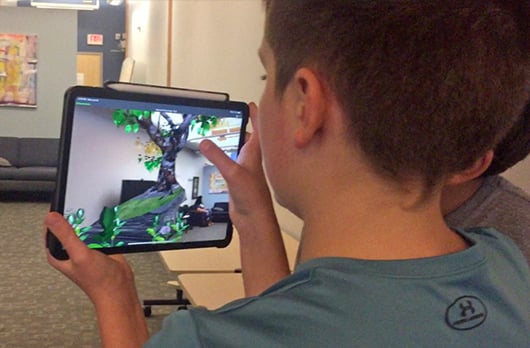
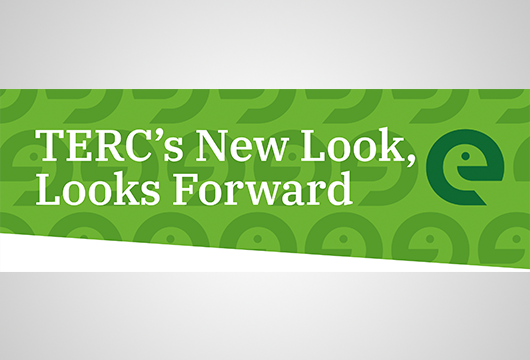
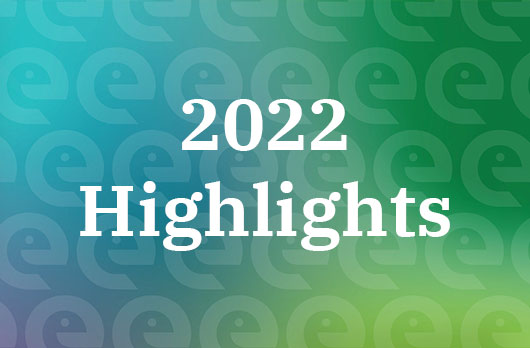
-Bonda.jpg)


